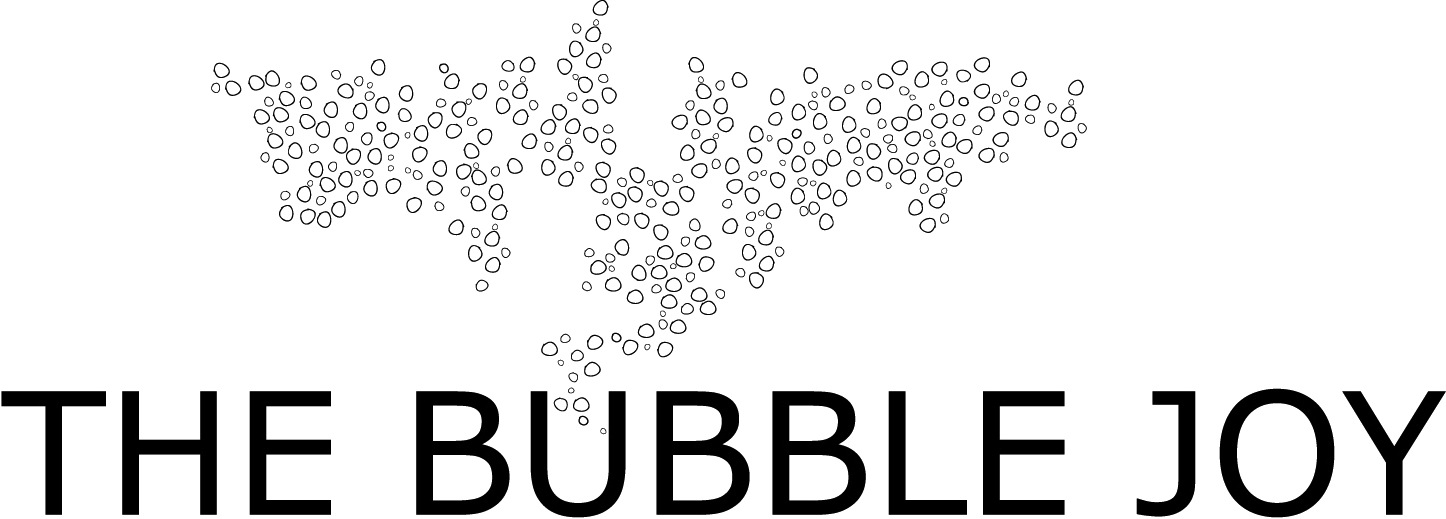Every morning, I wake up, reach for my rectangle of despair, and gaze at the terrifying stories we can’t believe are real. It has become a sick fascination — clicking headlines, gorging on scientific papers, scrolling for hours in search of answers to the shocking number of unknowns about this disease.
I might not be infected but I sure feel trapped.
Last week, I freed myself with that old dependable passport sitting on the bedside table next to my rectangle of despair — a book. I just finished Betty MacDonald’s memoir, The Plague and I and it turns out that exposing myself to a different kind of infectious disease — in this case, tuberculosis — has punctured my IV bag of self-pity.
Could a book that some people call “a travel log of a hospital” cure me?
Ah, yes indeed! As a heroine, Betty MacDonald is fun, self-deprecating, razor-sharp witty, mean-girl catty, and most important, plucky. Sometimes she resembles spunky Mary Richards standing up to Lou Grant. Sometimes I felt like I was following Joan Rivers around a soup kitchen.
Betty is thirty years old, broke, newly divorced from an abusive alcoholic who stole her inheritance, and living like sardines with two young daughters in her mother’s house when she catches “the white plague” from someone in her office.
The ironic thing is that, although I knew nothing about tuberculosis and never entertained the thought that I might have the disease, for two years I had been very concerned about a co-worker of mine in the Government service, who looked like a cadaver and coughed constantly, with a little hacking cough, much of the time in my face. “I think that man has tuberculosis,” I finally told my boss excitedly. “Who don’t?” was his laconic reply.
The day Betty is diagnosed, she said she felt like a mouse in a barrel: “I wallowed in self pity… dripped tears on Mother’s blue down quilt as I created doleful mental pictures of little Anne and Joan, put flowers on Mommy’s fresh grave. I was a big no-sense-of-humor saddo, coughed all night long, and enjoyed doing it.”
This being 1939, years before the discovery of antibiotics, Betty is forced to leave her family behind for confinement in a tuberculosis sanatorium called “The Pines.” She would be gone for ten months.
To reduce the multiplication of tubercle bacilli in her lungs, Betty’s treatment consisted of lying flat on her back in a cold room with windows open to the elements. No reading, no writing, no moving, no talking, no breathing too deeply or coughing; porcelain bedpans and chilly sponge baths, cold food served on trays, lukewarm hot water bottles under clammy sheets; radio turned low in the evening; and the specter of death lurking in the shadows when she finally closed her eyes.
All this while the patient waited — sometimes years — for a filmy barrier to form around the diseased section of your lung.
Sounds rollicking, right?
Many times, I nearly choked on the spiky humor. Betty called one nurse “Granite Eyes”, another “Gravy Face.” One roommate, a fake southern belle, she nicknames “Hush-mah-mouth”. Here is Betty wisecracking about the latest ward buddy:
Of course, the major irritation of all was my roommate, who was so damned happy all the time, so well-adjusted. She loved the institution and the institution loved her. She loved all the nurses and all the nurses loved her. She loved all the other patients, and all the other patients, but one, loved her. That one used to lie awake in the long dark cold winter nights and listen hopefully for her breathing to stop.
Betty isn’t always snarky. Her friendship with Kimi, a beautiful Japanese-American teenager who will recover from tuberculosis only to be sent to a Japanese internment camp, is very touching:
From my stay at The Pines I learned that a stiff test for friendship is: 'Would she be pleasant to have t.b. with?’ Unfortunately, too many people. when you try separating them from their material possessions, and any and all activity, turn out to be like cheap golf balls. You unwind and unwind and unwind but you never get to the pure rubber core because there isn’t any. When I started unwinding Kimi I found that under her beautiful covering she was mostly core. She said, “It is not character on my part, Betty, it is just that if you have to have tuberculosis, it is easier to be Japanese.
I’d love to know what Betty would make of this viral bedlam we are living through in 2020. She came from a family whose motto was Don’t Be a Saddo, which is worth needlepointing on a pillow during Corona or tattooing on your bum post-Corona, don’t you think? She wrote four memoirs in her life, the most famous being “The Egg and I,” which I’ve written about before. In all her books, she makes silk purses out of sow’s ears and not by feigned cheerfulness either. She’s a realist armed with a cup of coffee, an eye cocked for the absurd, and an absolute refusal to take herself too seriously.
It won’t give away the end of her story to say that she dedicated her book to her doctors: “For Dr. Robert M. Stith, Dr. Clyde R. Jensen and Dr. Bernard P. Mullen without whose generous hearts and helping hands I would probably be just another name on a tombstone.”
The Plague and I is available on eBay and Amazon, and the price is going up. Even better, call your local bookstore. I promise, it’s a good cure for what ails us these days.

